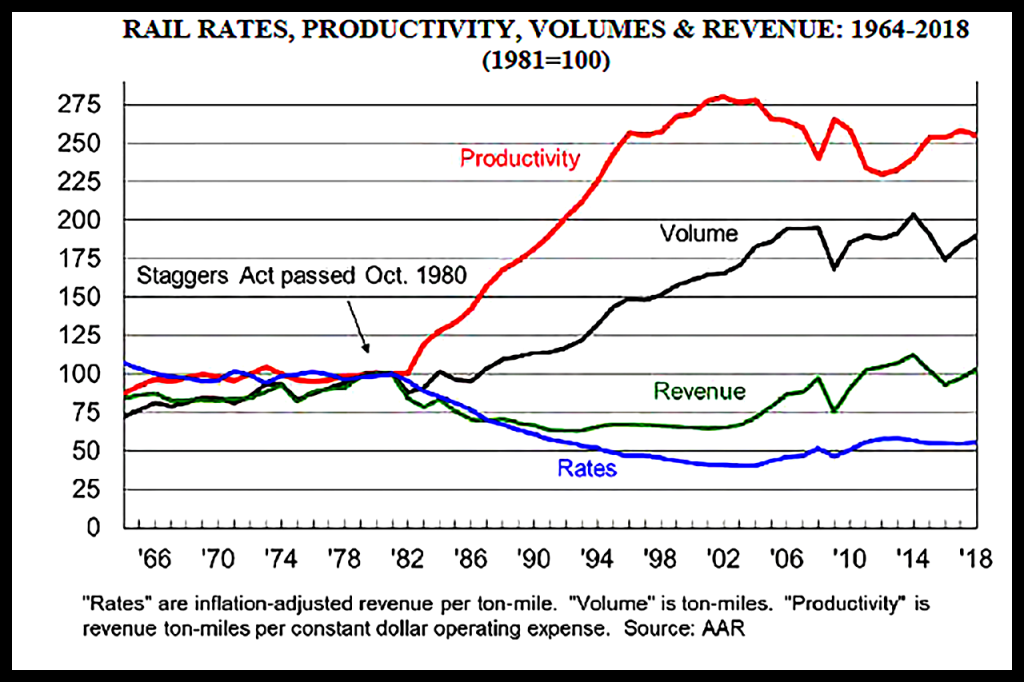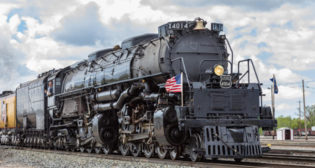
AAR to STB: Reciprocal Switching a ‘Wealth Transfer to More-Profitable Entities’
Written by William C. Vantuono, Editor-in-Chief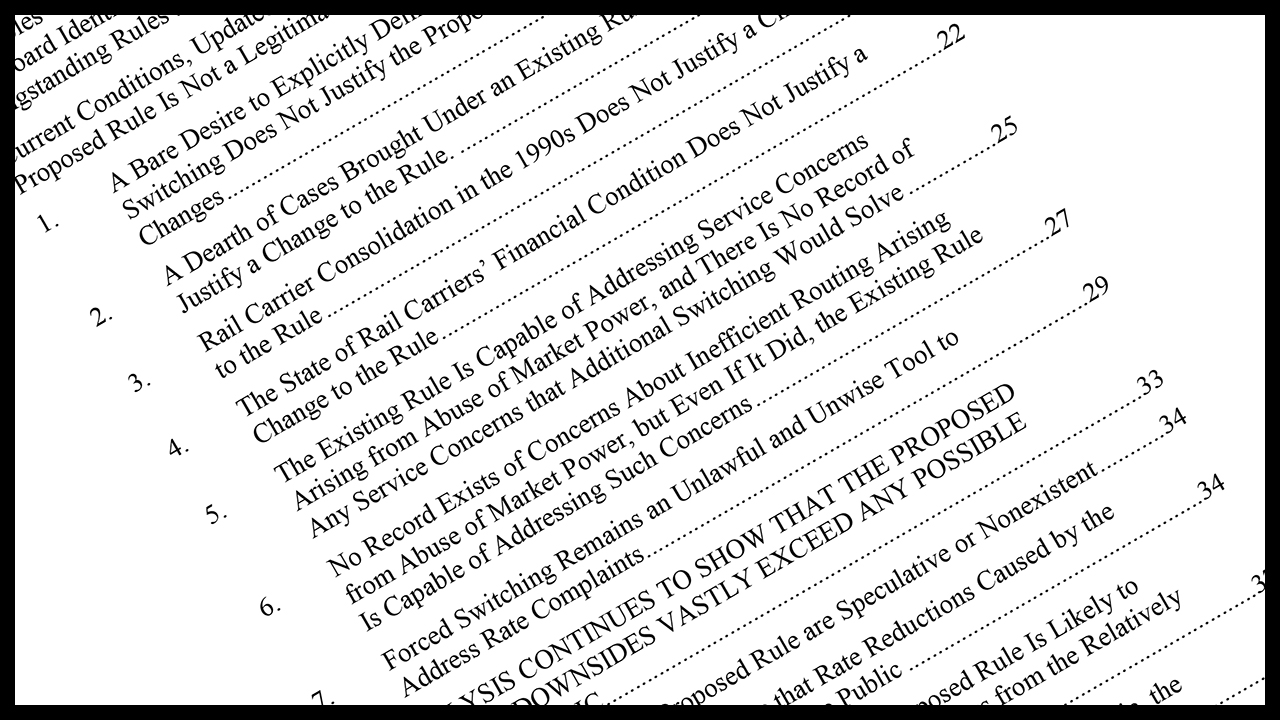
On March 15-16, the Surface Transportation Board, more than a year after emerging from a long period of public-near-silence following the election of Joe Biden as President of the United States, will hold a hearing (STB Ex Parte No. 711, Sub-No. 1) on reciprocal (“forced”) switching, a subject upon which freight railroads and many of their major customers have been deeply divided for a very long time.
STB first proposed reciprocal switching regulations in 2016 and was encouraged to review them by a 2021 Executive Order on competition.
This potential STB decree means “that a railroad with sole physical access to a shipper facility transfer (switch) a shipper’s cars to a junction point with a second (competing) railroad,” explains Railway Age Capitol Hill Contributing Editor Frank N. Wilner. “The second railroad pays a compensatory per-car switching fee whose reasonableness is determined by the STB. To obtain reciprocal switching—known as ‘interswitching’ in Canada, where it has been in use for more than a century—the shipper must prove to the STB that the reciprocal switch is feasible and necessary to enhance competition.”

The Association of American Railroads has filed Supplemental Comments and Verified Statements with STB. The 611-page document (download below) “provides robust economic and legal analysis, making it clear that the Board must abandon its misguided forced-switching NPRM,” AAR president and CEO Ian Jefferies told Railway Age. “Along with a broad set of inputs from a diverse number of concerned stakeholders, it is clear that forced switching is widely opposed and would have myriad downsides, including negative impacts on efficiency, investment and the environment. I hope the Board considers this input as it continues to deliberate this matter.”
AAR’s filing “makes a bevy of key points, including those bullets in the intro that hit on a few key items,” AAR Assistant Vice President, Public Affairs Ted Greener explained. “Forced switching is not in the public interest. It is a wealth transfer to more profitable entities. Consolidation is not an inherent negative. Differential pricing is essential for network health. Forced switching would exacerbate supply chain problems. Workers would suffer. Forced switching would lead to diversion that hurts the environment. Rates are not unreasonably high. We believe support is limited to those large industrial shippers AAR notes in its comments are seeking a wealth transfer.”
Following are a few excerpts Railway Age has selected as best-illustrating AAR’s points:
“Segmenting [a] route by regulation—into a switch segment and a line-haul segment—and then regulating the switch rate rather than the origin-destination rate, is an unsound mode of rate regulation. That approach is entirely new, not just under ICCTA (Interstate Commerce Commission Termination Act of 1995) and the Staggers [Rail] Act (1980), but under the pre-Staggers regime, where the ICC had authority only over origin-destination rates and the rates that individual railroads offered for service held out to the public.”
“Let there be no misunderstanding: The Proposed Rule would blast a huge hole in the existing maximum rate framework. The Board explicitly acknowledges that, under the proposed competitive access pathway, ‘the proposed rules would apply the Board’s existing market dominance test to determine the intramodal/intermodal competition element under the competition prong.’”
“The claimed benefit of the Proposed Rule is that it would reduce rates, which some have equated with a public benefit. That reasoning is erroneous. Although some rate reductions have public benefits, it does not follow that all rate reductions do. Indeed, some rate reductions are affirmatively harmful because they prevent market forces from identifying the best use of society’s resources.”
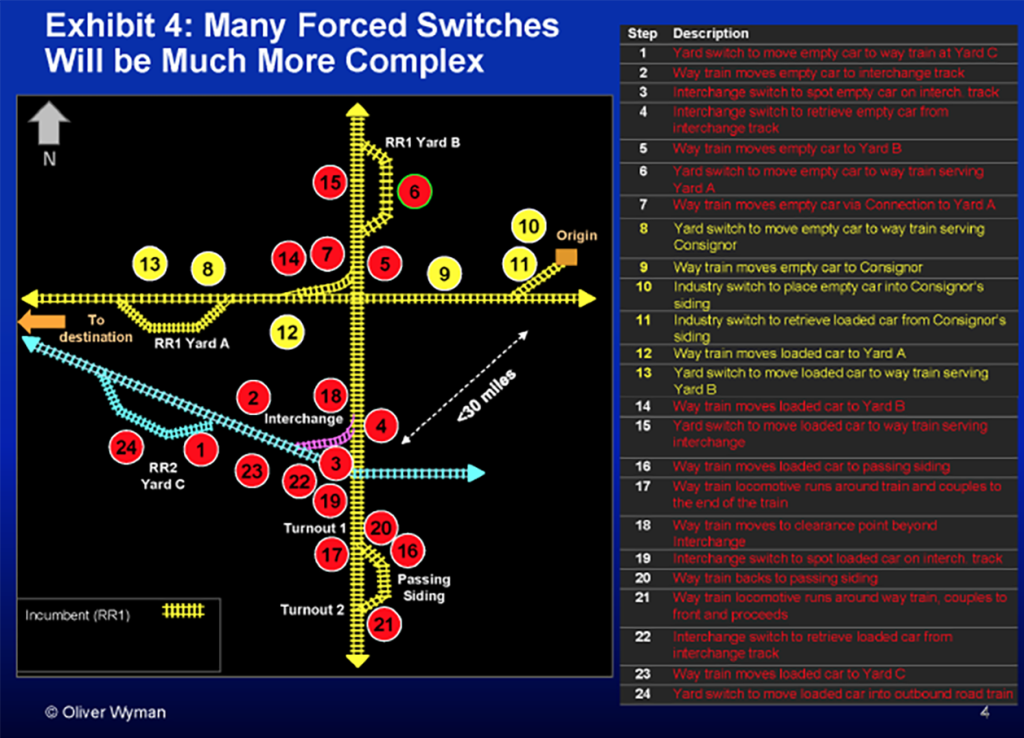
“Increased forced switching will increase both direct and indirect costs across the industry. Switches are complex and involve direct expenses such as crew time, locomotive time, track time, and fuel usage, as well as technical costs and planning costs. Switching also entails safety risks: Specifically, forced switching will increase the yard activity hours needed for a shipment, and that work entails relatively greater risk of worker injury or casualty than line-haul activity. The Proposed Rule will also create indirect costs, including network distortions (such as costs to quality, inefficient routing, and increased risk of service failure); uncertainty that depresses investment; the creation of relative winners and losers among shippers, which may negatively impact competition in downstream markets and exacerbate inefficient resource allocation in the economy; and environmental costs, including increased use of fuel and greenhouse gas emissions, as well as potential increased use of trucking and resulting highway congestion.”
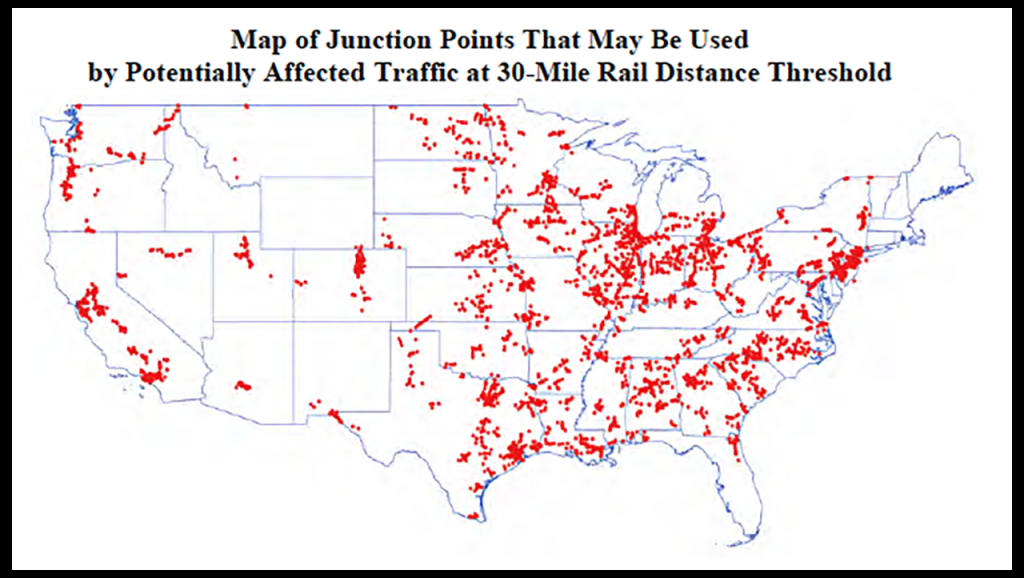
“The Proposed Rule is a regulatory mandate that railroads do things they would not do in a free market. Switching required by STB order is a form of forced sharing, where a railroad is compelled to operate its facilities and equipment for the advantage of someone else. Other efforts at forced sharing—most notably, in the telecommunications industry, have proven highly contentious in practice. Anyone acquainted with human nature should not expect otherwise: When a business is compelled to provide a service, disputes are certain to arise over whether service should be provided, what service should be provided, who should bear the costs of that service, what the price of that service should be, and whether that service is being performed adequately.”
“The Proposed Rule departs from the existing rule by offering forced switching not because a shipper needs it, but merely because the shipper wants it. In other words, the Proposed Rule transforms forced switching from a remedy into a right. The Board is experienced in providing remedies for specific conduct that is unlawful or contrary to established policy. But, by design, the statute does not task the Board with establishing shippers’ rights to require railroads to conduct operations on Board-determined terms and conditions. Rather, railroads make investments and operating plans with the expectation that they—not the Board—will decide how to provide their services, so long as they meet the obligation to carry shipments from origin to destination upon reasonable request. And yet the Proposed Rule would thrust the Board into that regulatory role.”
“The Board should not adopt the Proposed Rule. It should retain its existing rule, including the decisional law that accompanies it. That existing law appropriately regards forced switching not as a government-granted right for select shippers, but rather as a remedy for competitive abuses. That law has engendered substantial reliance by railroads and shippers alike, and nothing in the record justifies the radical departure reflected in the Proposed Rule. As the D.C. Circuit made clear in Midtec, “If the Commission were authorized … to prescribe reciprocal switching … whenever such an order could enhance competition between rail carriers, it could radically restructure the railroad industry. We have not found even the slightest indication that Congress intended the Commission in this way to conform the industry more closely to a model of perfect competition.”
